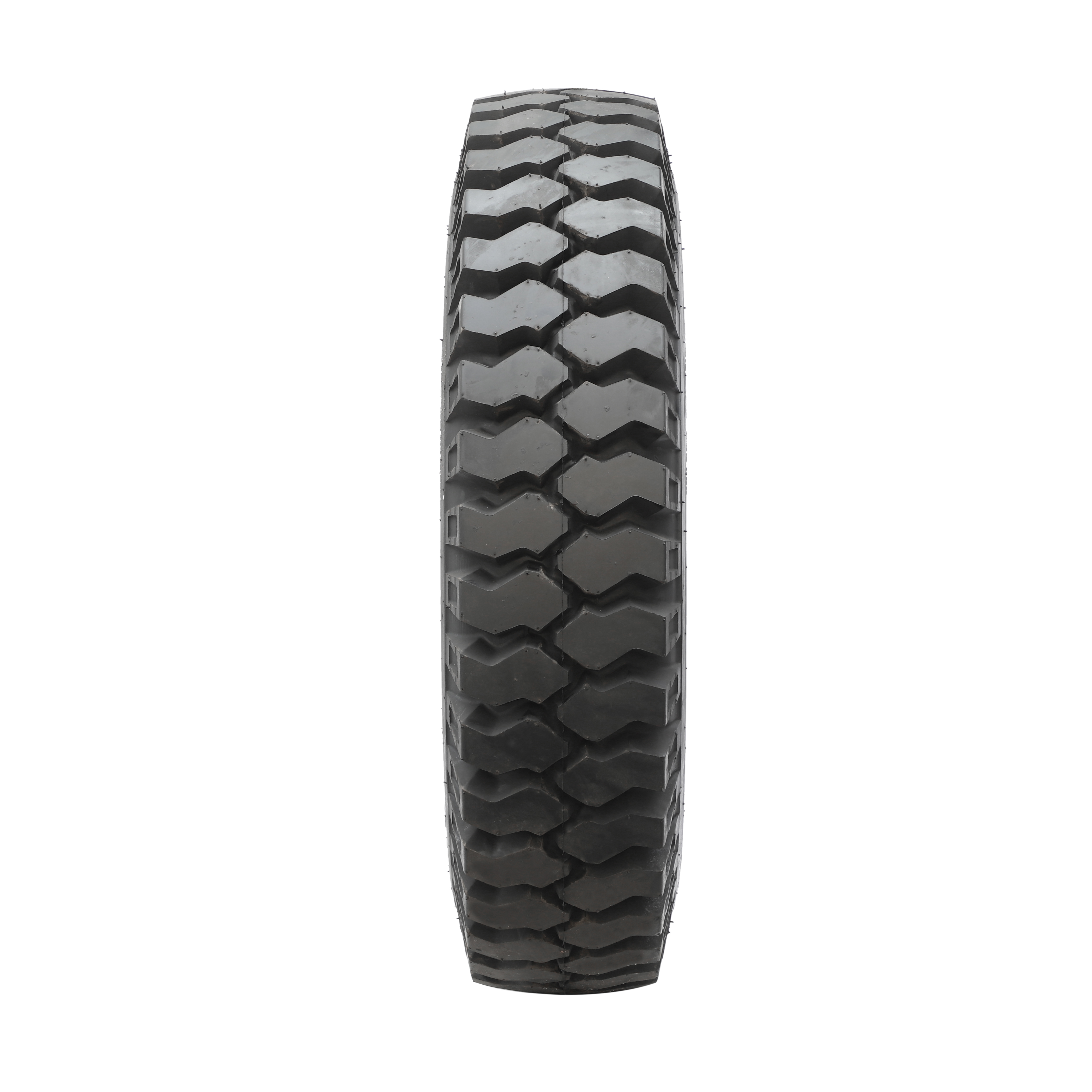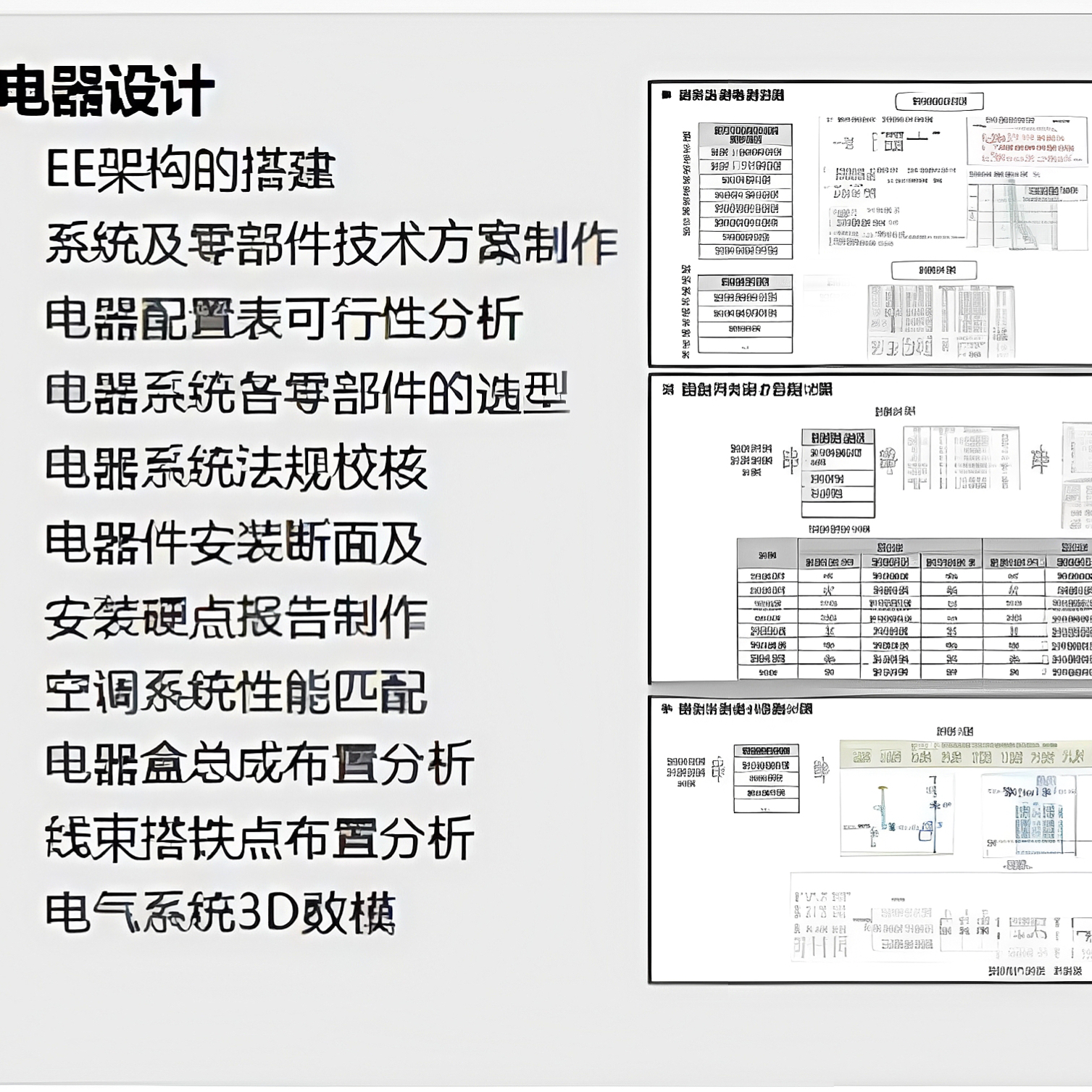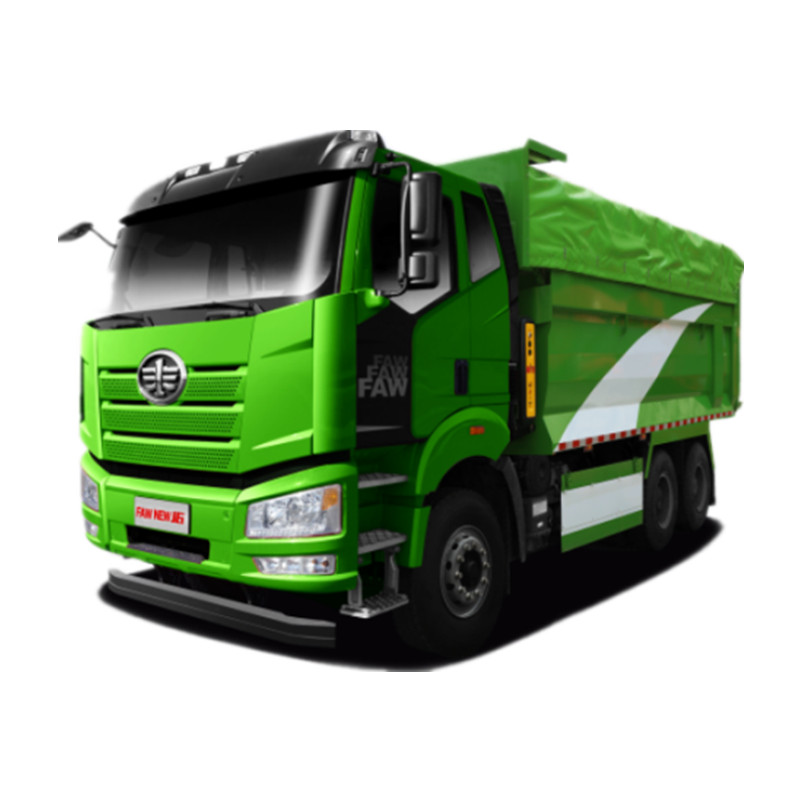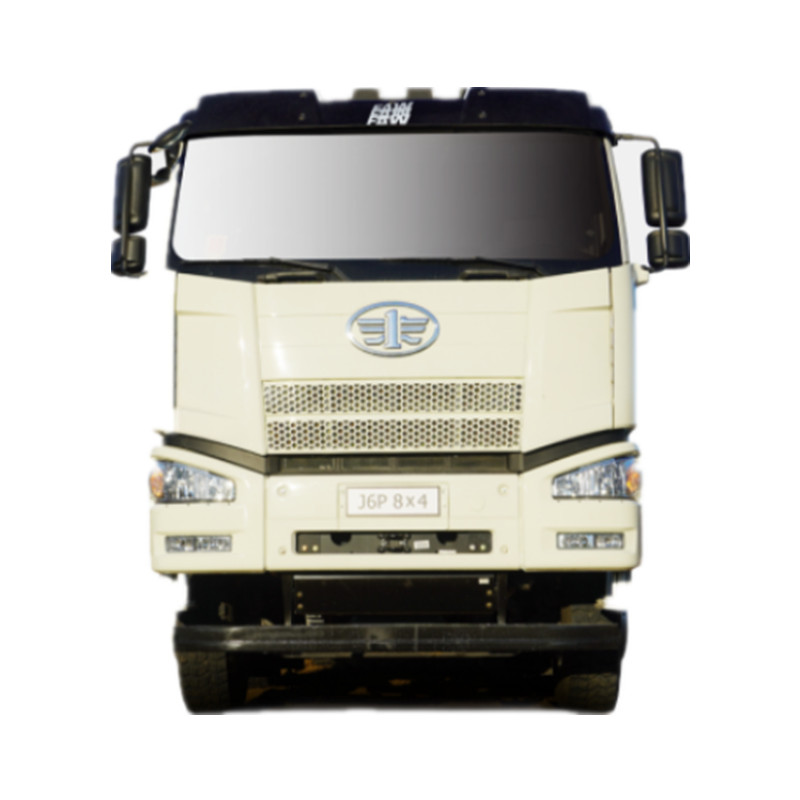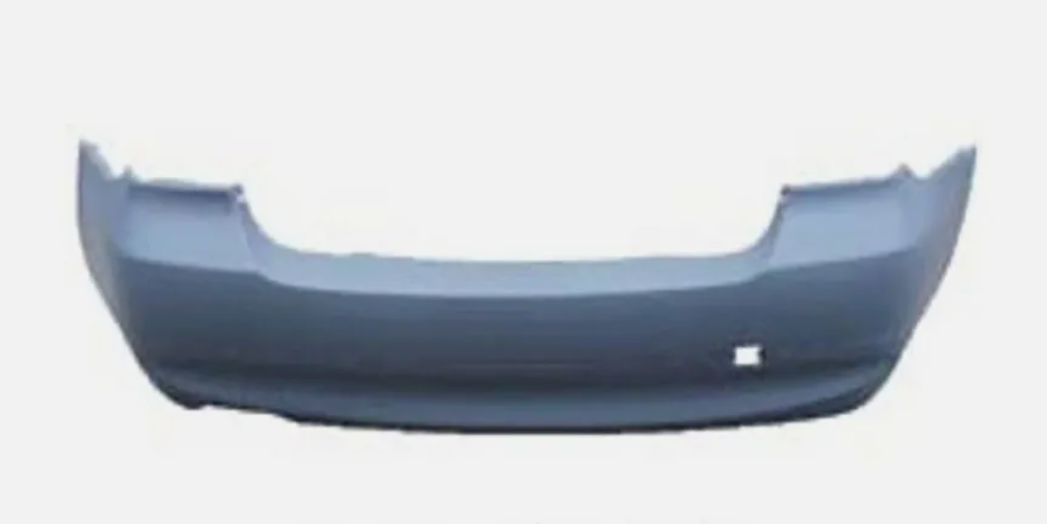Waterproof materials are used as building envelopes to prevent the penetration of rain, snow and groundwater; to prevent the erosion of moisture, steam and other harmful gases and liquids in the air; and to prevent the separation structure of water supply and drainage from seeping over. These materials that prevent penetration, leakage and erosion are collectively called.
Prevent rainwater, groundwater, industrial and civil water supply and drainage, corrosive liquids, moisture and vapor in the air from intruding into building materials. The parts of buildings that require waterproofing treatment are mainly roofs, walls, floors and basements.
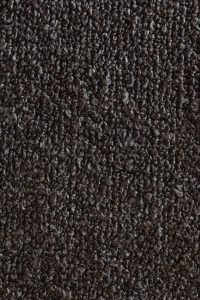
Introduction to waterproof materials #
Classification #
There are many kinds of waterproof materials, which are divided into 4 categories according to their main raw materials: ① Asphalt waterproof materials. Asphalt linoleum, paper asphalt linoleum , solvent-based and water-emulsion asphalt or asphalt rubber coatings and ointments made from natural asphalt , petroleum asphalt and coal asphalt as the main raw materials have good adhesion, plasticity, Water resistance, corrosion resistance and durability. ②Rubber plastic waterproof materials. Using raw materials such as chloroprene rubber, butyl rubber , EPDM rubber, polyvinyl chloride, polyisobutylene and polyurethane, elastic tireless waterproof membranes , waterproof films, waterproof coatings , coating materials, ointments, and clay can be made , waterstops and other sealing materials have the characteristics of high tensile strength, large elasticity and elongation, good adhesion, water resistance and weather resistance. They can be used cold and have a long service life. ③Cement-based waterproof materials. Admixtures that promote the setting and compaction of cement, such as waterproofing agents , air-entraining agents and expansion agents, can enhance the hydrophobicity and impermeability of cement mortar and concrete; setting-accelerating agents based on cement and sodium silicate Mortar can be used to plug leaks and waterproof underground projects. ④Metal waterproof materials. Thin steel plates, galvanized steel plates, profiled steel plates, coated steel plates , etc. can be directly used as roof panels for waterproofing. Thin steel plates are used as metal waterproofing layers in basements or underground structures. Thin copper plates, thin aluminum plates, and stainless steel plates can be made into waterstops for building deformation joints. The joints of the metal waterproof layers should be welded and painted with anti-rust protective paint.
Waterproof coatings are divided into four categories: rigid mortar, flexible mortar, acrylic, and one-component polyurethane.
According to material properties, there are three main categories of waterproof materials:
1. Waterproof membrane , mainly used in engineering construction, such as roofs, exterior walls, basements, etc.;
2. 911 polyurethane waterproof material contains volatile toxic gases, has strict construction requirements and is expensive;
3. New polymer cement-based waterproof material. The material is composed of organic polymer liquid and inorganic powder. It combines the characteristics of high elasticity of organic materials and good durability of inorganic materials. After coating, it forms a high-strength and tough waterproof coating film. , this new type of material can be perfectly integrated with the cement base surface and will not delaminate for a long time. It is a common choice material for home waterproofing.
necessity #
Building waterproofing is the measures taken in building materials and structures to prevent water from penetrating into certain parts of a building. Waterproofing is mostly used in roofs, underground buildings, underground parts of buildings, interior rooms and water storage structures that need to be waterproofed. According to the different measures and methods adopted, it can be divided into two categories: material waterproofing and structural waterproofing. Material waterproofing relies on building materials to block the passage of water to achieve waterproofing purposes or increase the ability to resist leakage, such as membrane waterproofing, coating waterproofing, concrete and cement mortar rigid waterproofing, and clay and lime waterproofing.
Structural waterproofing is to adopt appropriate structural forms to block the passage of water to achieve waterproofing purposes, such as waterstops and cavity structures. The main application areas include roofs, undergrounds, exterior walls and interiors of housing buildings; municipal projects such as urban roads, bridges and underground spaces; bridges and tunnels on highways and high-speed railways; transportation projects such as subway; aqueducts, reservoirs, dams, water conservancy projects, etc. Water conservancy projects such as power stations and water treatment, etc. With the progress of society and the development of construction technology, the application of building waterproof materials will extend to more fields.
Cement-based waterproofing material #
There are two types of new polymer cement-based waterproof materials on the market: general-purpose GS waterproof materials and flexible JS waterproof materials.
Features of universal waterproof materials:
1: The liquid material composed of acrylic emulsion and additives and the powder composed of special cement, graded sand and special mineral powder are combined in a specific proportion to form a two-component waterproof material.
After the two materials are mixed, a chemical reaction occurs, which not only forms a surface coating that is waterproof, but also penetrates into the substrate to form crystals that block the passage of water, achieving a double waterproof effect. The product has outstanding bonding performance and is suitable for waterproofing indoor floors and walls in homes.
Features of flexible waterproof materials:
1: A two-component, strong plastic-modified polymer cement-based waterproof slurry composed of acrylic emulsion and selected additives (liquid materials) and high-quality cement, sand and rubber powder (powder) in proportion. Mix powder and liquid materials and then apply them to form a tough, highly elastic waterproof membrane. The membrane has good adhesion to concrete and cement mortar and is firmly bonded to the base surface to achieve a waterproof effect. The product has outstanding flexibility and can withstand slight vibrations and a certain degree of displacement. It is a new green and environmentally friendly product promoted by the Ministry of Construction and is mainly suitable for civil engineering construction environments.
Scope of application #
1: Walls and floors of indoor and outdoor cement concrete structures and mortar masonry structures;
2: Waterproof the floors and walls of bathrooms, bathrooms, kitchens, floors, balconies, and pools;
3: Used for priming treatment before paving stone, ceramic tiles, wooden floors, wallpapers, and gypsum boards to prevent moisture and salt pollution.
Base surface (substrate) treatment:
1: The substrate must be solid, flat, clean, free of dust, grease, wax, release agent, etc. and other debris;
2: If there are pores, cracks, or uneven defects on the surface, they must be repaired and smoothed with cement mortar in advance. It is recommended to paste plastic strips on the expansion joints. A layer of non-woven fabric must be added to the joints. It is recommended to use pipe mouth grouting material for filling;
3: The yin and yang corners should be shaped into an arc (or V shape);
4: Make sure the base surface is fully moist, but no clear water;
5: The poured concrete surface (including plastering surface) should be allowed to dry completely before construction.
Instructions #
Stirring: Pour the liquid into the container first, then slowly add the powder, and stir thoroughly for 3-5 minutes until a uniform slurry without raw dough and particles is formed before use; (it is best to use a stirrer).
Painting: Use a brush or roller brush to paint directly on the base surface, use even force and do not miss the brush; Generally, it needs to be painted 2 times (depending on the usage requirements), and the thickness of each painting should not exceed 1mm; the previous time After it is slightly dry, apply the last coat (just not sticky, usually 1-2 hours apart). Apply vertically and crosswise before and after. The total thickness of the paint is generally 1-2mm; if the coating has solidified, apply another layer of paint. Moisten it with water before applying one layer.
Maintenance: After 24 hours of construction, it is recommended to cover the coating with a damp cloth or spray water to maintain the coating.
Inspection (closed water test): Please fill the bathroom, pool and other parts with water for 48 hours after the waterproof layer has dried (at least 24 hours in summer and 48 hours in winter) to check whether the waterproofing construction is qualified. Lightweight walls must undergo a water spray test.
High elastic waterproof coating #
High-elastic waterproof coating is a high-performance waterproof coating that is scientifically processed using high-grade acrylic emulsion as the base material, adding a variety of additives and fillers. It is an upgraded product of ordinary waterproof coatings. Due to the addition of a variety of polymer additives, the waterproof performance of this product is better than ordinary waterproof products. At the same time, it has high strength tensile ductility and can cover cracks.
Features #
1. Highly elastic, able to withstand slight vibrations of the building, and cover cracks less than 8mm caused by thermal expansion and contraction, cracking, sinking and other reasons;
2. It can be constructed directly on wet base surfaces, and is suitable for water seepage in corners and around pipes;
3. Strong adhesion, the active ingredients in the paint can penetrate into the pores and micro-cracks in the cement base surface and produce chemical reactions, integrating with the substrate to form a crystalline and dense waterproof layer;
4. Environmentally friendly, non-toxic, harmless, and can be directly used in drinking water projects;
5. It is acid-resistant, alkali-resistant, high-temperature resistant, has excellent aging resistance and good corrosion resistance; and can be used outdoors and has good weather resistance;
Scope of application #
It is suitable for waterproofing, anti-seepage and moisture-proofing on roofs, toilets, basements, reservoirs and walls.
Base surface treatment:
Ordinary base
1. The surface must be smooth, solid, clean, and free of oil, release agents, floating dust and other loose objects;
2. Larger holes and cracks should be repaired first with repair mortar;
3. Prefabricated panels and panel joints need to be professionally sealed before construction;
4. It is recommended that screws and bolts be sealed with epoxy resin or similar materials first;
5. Before using Keshuifu high-elastic waterproof slurry, the base surface must be fully moistened with clean water, but at the same time there must be no accumulation of water;
6. For loose and porous substrates, especially cement fiber boards, the interface must be treated before applying waterproof slurry;
Construction technology #
1. Pour the liquid additive into a clean mixing container, then slowly add the powder while stirring in proportion, stir thoroughly for 3-5 minutes until a uniform glue without lumps is formed, and use it up within the operating time. It is recommended to use mechanical stirring (400-500 rpm) to achieve the best mixing effect;
2. Use a roller or brush to evenly apply the slurry on the treated substrate, and apply 2 or more layers according to the use environment and performance requirements; the thickness of the waterproof layer for general engineering is 1mm, and the thickness requirement for underground engineering construction specifications is 1.5-2mm;
3. After finishing one layer, you must wait until it is slightly dry and solid (just not sticky) before applying the second layer. It usually takes 1-3 hours. The specific situation depends on the density of the base surface and the temperature at that time. If it has been more than 24 hours, or the coating has cured, the surface must be re-moistened with clean water before applying a second coat;
4. Maintenance and curing: Starting from the second day after the slurry is painted, it is recommended to cover the coating with fine mist spray or wet cloth for 2-3 days, and then conduct a water closure test; for pools that have been filled with water for a long time, they should be left empty for two weeks before filling. water;
5. The stirred slurry should generally be used up within 1 hour, and materials that have solidified cannot be reused;
6. Do not mix with water and do not change the proportion of the lotion at will.
Precautions #
1. The construction temperature should be between 5℃ and 35℃;
2. The prepared slurry should be used up within 1 hour;
3. Please pay attention to anti-freeze storage of products in cold areas or low temperature conditions. The storage temperature of liquid components should not be lower than 0℃;
4. When using, do not mix moisture or other materials into this product;
5. Please use appropriate protective measures during construction, such as gloves.
shelf life #
Original sealed products are stored in a dry and cool environment. Under normal storage and transportation conditions, the shelf life of the product is one year.
Anti-corrosion and waterproof materials #
Features #
1. Wide range of application: suitable for waterproofing and anti-corrosion of marble, cultural stone, artificial stone, fake stone, ceramic tiles, mosaics, inscriptions and other stone and brick products.
2. Good comprehensive effect: it can not only be waterproof and erosion-proof, but also have comprehensive effects such as moisture-proof, anti-frost, anti-moss, anti-weathering, and anti-pollution.
3. Maintain the original style: After using this product, there will be no changes in the color, texture, or appearance of the stone or brick surface, and the original style will be maintained.
Construction method #
1. Cleaning: Clean the contaminants on the surface of the stone to ensure that there is no floating soil and mortar.
2. Drying: Let the stone dry naturally and do not come into contact with rainwater within 8 hours. Construction and installation can be carried out within 24 hours. .
3. Spraying: After the stone surface is completely dry, use a spray gun, brush, or roller to spray evenly on the stone surface until the treated surface is completely saturated.
4. Maintenance: Keep away from water and pollution within 24 hours. Suitable for construction temperature 0~40oC
Reference dosage: 10-15 square meters per kilogram
composite materials #
In industrial production or daily life, due to factors such as building settlement, deformation, aging, etc., leakage in building facilities or confined spaces will inevitably occur, affecting industrial production and daily life.
The polymer high weather-resistant waterproof composite material series is an anti-seepage flexible film material specially designed for gaps in building facilities. Because of its extremely strong adhesion and elongation rate (elongation rate reaches 600%), it can be coated on cement, asphalt and other surfaces. Finally, it can only be removed mechanically. It can adapt to the harshest environments and climates and has a service life of at least 10 years under technical thickness.
1. Convenience: It can be used immediately after opening the bucket. No primer is required. It can be applied with a brush or roller.
2. Rapidity: Applying a layer of 0.25mm material can make it waterproof in 2 hours (when the temperature is not lower than 4.5 degrees)
3. Adhesion: It can stick to all hard surfaces (metal, concrete, glass, plastic, etc.) almost simultaneously. Once applied, it can only be removed by mechanical force.
4. Aging resistance: Organic polymer material has excellent aging resistance. It can heal tiny cracks naturally and has the waterproofing effect of self-repairing cracks.
5. Anti-corrosion: It has excellent anti-corrosion properties such as oil resistance, ozone resistance and other various media.
6. Elongation rate: The elongation rate reaches 600%, which can adapt to the harshest environment and climate.
7. Reflectivity: white coating, can reflect 95% of solar energy
8. Service life: at least ten years under technical thickness
application:
1. Movable parts of building facilities, the overlap between new and old parts
2. Light steel workshops, houses, bonding and sealing of color steel plates
3. Metal roofs and grain storage
4. Around skylights, right-angled surfaces, and dead corners
5. Wall pipes, chimneys, vents
6. Light steel structure bonding and sealing
7. Leak sealing in basements, toilets, bathrooms, etc.
Polyurethane waterproof #
Polyurethane waterproof coating is a one-component environmentally friendly waterproof coating for liquid construction. It is based on imported polyurethane prepolymer and does not contain additives such as tar and asphalt. It is cured upon contact with moisture in the air, forming a strong, tough, seamless overall waterproofing membrane on the surface of the base layer .
(1) Can be applied directly on various wet or dry base surfaces.
(2) The bonding force with the base surface is strong, and the polymer substances in the coating film can penetrate into the fine cracks of the base surface, and the follow-up effect is strong.
(3) The coating film has good flexibility, strong adaptability to base layer expansion or cracking, and high tensile strength.
(4) Green and environmentally friendly, non-toxic and tasteless, no pollution to the environment, no harm to the human body.
(5) Good weather resistance , no bleeding at high temperatures, no cracking at low temperatures, excellent anti-aging properties, and resistant to oil, wear, ozone, acid and alkali erosion.
(6) The coating film is dense, the waterproof layer is complete, there are no cracks, no pinholes, no bubbles, and the water vapor permeability coefficient is small. It has both waterproof and air-proof functions.
(7) Simple construction, short construction period, and convenient maintenance
(8) Various colors can be prepared according to needs
(9) Light weight, does not increase the load of the building. Shelf life: more than 5 years;
Environmental protection: Meets the GB 18582-2001 “Limits of Hazardous Substances in Interior Decoration Materials” standard.
wall waterproof #
It is a polymer formulated with a unique formula. It not only has the characteristics of high bonding strength and good impermeability, but also does not affect the construction and installation of floor tiles, mosaics, wooden floors, gypsum boards, etc.
Features #
1. The active ingredients in the slurry can penetrate into the micro-cracks in the cement base surface to produce crystals and form a dense waterproof layer. Able to cover small cracks and resist minor shocks;
2. It can be constructed on wet base surfaces without the need for a mortar protective layer, and subsequent processes such as tiles can be directly pasted;
3. The crystals penetrate deep into the capillary pores of the substrate, have high impermeability and compressive strength, and have waterproof functions on the upstream and backside surfaces;
4. Non-toxic and harmless, can be directly used in drinking pools and fish ponds;
5. The coating has the function of inhibiting the growth of mold and preventing moisture and salt from contaminating the surface.
Scope of application #
1. Indoor and outdoor concrete structures , prefabricated concrete structures, cement plastering, brick walls, and lightweight brick wall structures;
2. Apply to the substrate before paving stone, ceramic tiles, wooden floors, wallpaper, and gypsum boards as a pre-layer treatment to prevent moisture and salt pollution:
3. Basements, subway stations, tunnels, civil air defense projects, mines, and building foundations.
Base preparation #
1. The substrate must be solid, flat, clean, free of dust, grease, wax, release agent, etc. and other debris;
2. Before applying the slurry, the substrate should be fully moistened in advance, but there should be no water accumulation.
foldConstruction technology
1. Use a stiff brush, roller or spray machine to evenly apply the mixed slurry to the wet substrate;
2. Layered construction, the painting direction of the second layer should be perpendicular to the first layer to achieve the best coverage effect;
3. The thickness of each layer should not be too thick, and the thickness of one coating should not exceed 1mm to facilitate curing and curing.
Precautions #
1. The construction temperature should be between 5℃ and 35℃;
2. Use up the slurry within 1 hour after starting the adjustment;
3. It is recommended to use tile adhesive when laying ceramic tiles on the waterproof layer;
4. When using, do not mix moisture or other materials into this product;
5. The storage temperature of liquid components cannot be lower than 0℃;
6. Before construction, please read the construction instructions carefully to obtain reliable and satisfactory construction results;
7. Please use appropriate protective measures during construction, such as gloves.
Implementation standards and product quality levels: GB/T23445-2009
Shelf life: Under normal storage and transportation conditions, the shelf life is one year.
development trend #
The traditional waterproofing method of three felts and four oils has been eliminated. Waterproofing materials have changed a lot.
First, asphalt-based waterproofing materials have developed into rubber-based, resin-based and polymer-modified asphalt;
Second, the carcass of linoleum has developed from paper to fiberglass or chemical fiber;
Third, sealing materials and waterproof coatings are developing from low plasticity to high elasticity and high durability;
Fourth, the structure of the waterproof layer has also developed from multi-layer to single layer;
Fifth, the construction method has developed from hot melt method to cold fitting method.
Sixth, non-asphalt polymer self-adhesive membrane waterproofing membrane;







